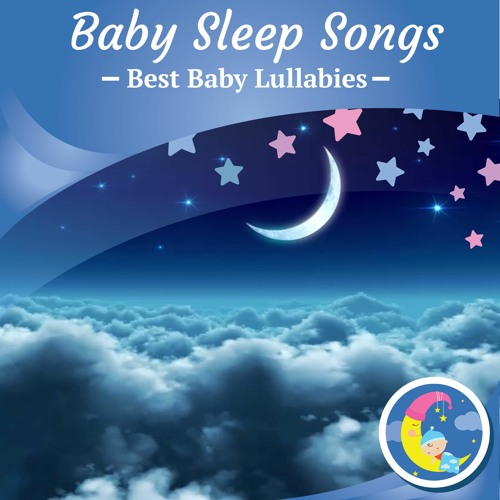
Baby Lullaby Music: A Soothing Symphony for Little Dreamers
In the realm of parenting, the quest for peaceful nights and restful sleep for both baby and parents alike is an eternal pursuit. Amidst the myriad of tools and techniques employed to achieve this elusive goal, baby lullaby music stands out as a time-honored and universally cherished solution.
The Power of Lullabies
Lullabies, those gentle and soothing melodies passed down through generations, possess an inherent power to calm and comfort infants. Their rhythmic patterns, soothing lyrics, and calming melodies create a tranquil environment that promotes relaxation and sleep.
Research has consistently demonstrated the positive effects of lullaby music on babies. Studies have shown that lullabies can:
- Reduce crying and fussiness
- Promote longer and more restful sleep
- Regulate heart rate and breathing
- Enhance cognitive development
How Lullabies Work
The calming effects of lullabies can be attributed to several physiological and psychological mechanisms:
- Relaxation Response: Lullabies trigger the release of hormones such as oxytocin and serotonin, which promote relaxation and reduce stress.
- Sensory Stimulation: The gentle melodies and rhythmic patterns of lullabies provide sensory stimulation that can soothe and calm babies.
- Emotional Regulation: Lullabies can help babies regulate their emotions by providing a sense of comfort and security.
- Cognitive Development: The lyrics and melodies of lullabies can stimulate language development and enhance cognitive skills.
Choosing the Right Lullabies
With the abundance of lullaby music available, selecting the right ones for your baby can be overwhelming. Here are some factors to consider:
- Tempo: Lullabies with a slow and steady tempo (60-80 beats per minute) are most effective for promoting relaxation.
- Melody: Choose lullabies with simple and repetitive melodies that are easy for babies to follow.
- Lyrics: Opt for lullabies with soothing and calming lyrics that evoke feelings of love, comfort, and security.
- Volume: Keep the volume of lullaby music low to avoid overstimulating your baby.
- Personal Preference: Ultimately, the best lullabies are those that you and your baby enjoy the most.
Types of Lullaby Music
The world of lullaby music is vast and diverse, offering a wide range of styles and genres to suit every taste. Some popular types include:
- Classical Lullabies: Timeless melodies from classical composers such as Brahms, Mozart, and Beethoven.
- Folk Lullabies: Traditional songs passed down through generations, often with simple lyrics and folk melodies.
- Nature Lullabies: Soothing sounds of nature, such as rain, wind, or ocean waves.
- Instrumental Lullabies: Gentle melodies played on instruments such as piano, guitar, or harp.
- White Noise Lullabies: Constant, non-rhythmic sounds that can mask other noises and create a calming environment.
Creating Your Own Lullaby Playlist
Curating a personalized lullaby playlist for your baby can be a rewarding experience. Here are some tips:
- Start with a Few: Begin with a small collection of lullabies that you find soothing and relaxing.
- Experiment with Different Types: Include a variety of lullaby styles to find what your baby responds to best.
- Observe Your Baby’s Reactions: Pay attention to how your baby reacts to different lullabies and adjust your playlist accordingly.
- Create a Routine: Establish a consistent bedtime routine that includes lullaby music to help your baby associate it with sleep.
- Sing Along: Don’t be afraid to sing along to the lullabies yourself. Your baby will appreciate the sound of your voice and the emotional connection it creates.
Additional Tips for Using Lullaby Music
- Use a White Noise Machine: White noise can help mask other noises and create a more peaceful sleep environment.
- Sing to Your Baby: The sound of your voice can be incredibly soothing for your baby.
- Rock or Sway: Gentle rocking or swaying motions can enhance the calming effects of lullaby music.
- Create a Dark and Quiet Environment: Darkness and quiet promote relaxation and sleep.
- Be Patient: It may take some time for your baby to adjust to lullaby music. Be patient and consistent with your efforts.
Conclusion
Baby lullaby music is a powerful tool that can help soothe, comfort, and promote restful sleep for infants. By understanding the science behind lullabies, choosing the right ones, and creating a personalized playlist, you can harness the power of music to create a peaceful and nurturing sleep environment for your little dreamer.
